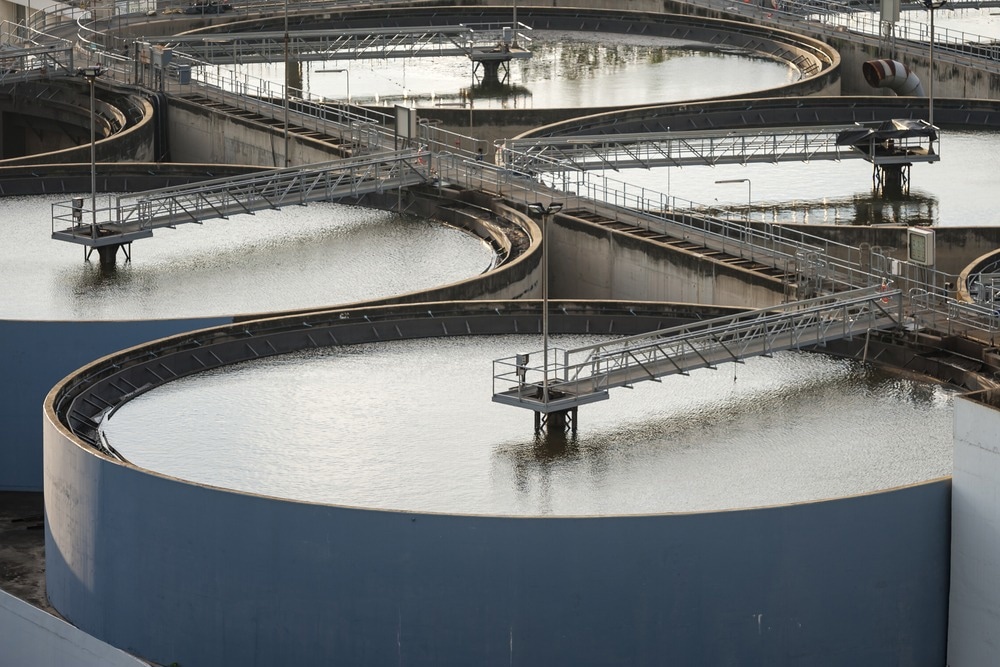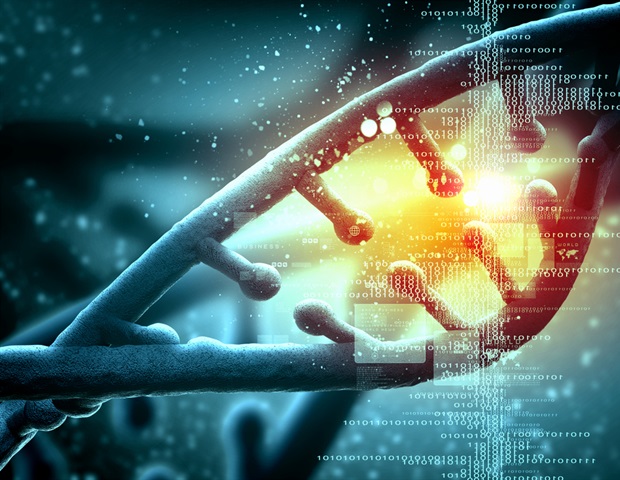In a recent article published in the Communications Biology Journal, researchers in Sweden found new evidence favoring the hypothesis that wastewaters and wastewater treatment plants (WWTPs) presented a feasible environment for mobilizing antibiotic resistance genes (ARGs) in the past.
They also raised concerns that the mobilization of additional ARGs could also occur in wastewaters and WWTPs in the future.

Study: Evidence for wastewaters as environments where mobile antibiotic resistance genes emerge. Image Credit:rhendrix/Shutterstock.com
Background
Studies have found links between almost all identified ARGs-origin species and infections in humans and animals. So, earlier researchers believed their corresponding ARGs also originated in the human or animal microbiota, most likely due to selection pressure from antibiotic use.
Regardless of their origin, increasing antibiotic resistance in pathogenic microbial species (through the acquisition of mobile ARGs) has become a significant public health concern worldwide. But, more importantly, many ARGs have increased their mobilization by acquiring small transposable elements, e.g., insertion sequences (ISs), and once mobilized, they might spread even faster.
Current knowledge about the environment type(s) feasible for ARG mobilization and the mobilization process is limited. Researchers hypothesize that many clinically relevant ARGs originated in environmental bacteria but have not yet detected them in pathogens. So, identifying the origin species in which many of today’s frequently encountered mobile ARGs gained mobility is crucial.
Recently Ebmeyer et al. summarized the scientific evidence about the origins of mobile ARGs, how they transitioned from being highly immobile on a chromosome to being readily transferrable through establishing a connection with mobile genetic elements, and proposed ways to identify ARG origin species.
There is enough evidence to show that nearly 30 ARGs originated in 23 unique origin species, and the indications for IS elements from those species play a role in the mobilization process, referred to as mobilizing insertion sequences (MISE).
About the study
In this study, researchers investigated 22 ARG-origin species defined by Ebmeyer et al. to find environments where the initial mobilization of these ARGs likely occurred. They developed a method based on the Kraken2 approach operating directly on short genomic reads, together with a custom-made well-optimized database to precisely quantify the presence of these origin species in a test sample. The team also retrieved complete or representative genomes of some species from the National Center for Biotechnology Information (NCBI) assembly.
In addition, they extracted all sequences annotated as plasmids as they often contain many mobile genetic elements. Notably, they used discriminatory regions of the DNA for origin species classification.
Of all fragments classified at a species level, some were falsely classified as an origin species. So, the researchers set the Kraken2 parameters to restrict the false positive rate (FPR). Then, the researchers estimated that the median true positive rate (TPR) to identify origin species was 0.95, while the FPR was 9.59 × 10−7.
The team finally evaluated the fraction of true and false positives in March 2021, which fetched an average TPR of 0.97 for reads of lengths between 100 and 150 base pairs. Further, the researchers analyzed a large set of metagenomic data from several environments for the presence and abundance of origin species and their corresponding MISE.
They divided all 30 datasets into smaller sets of seven, four, four, nine, and six into five categories: human, animal, soil, water/sediment, and WWTPs, respectively. There were 2,496 unique samples with a minimum of 20 million fragments, which the team processed using an in-house built pipeline.
Post-processing and analysis, the results from the raw analysis were parsed in Python and gathered as count tables. Finally, the researchers used the Wilcoxon-Mann-Whitney tests to assess the difference in abundance between environments and the Benjamini-Hochberg algorithm to estimate the false discovery rate (FDR).
Results
The study results showed that almost all known origin species for mobile ARGs were substantially more abundant in wastewater and, to some extent, in contaminated water/sediments, especially those contaminated by human feces.
A small fraction of stool samples also had a relatively high abundance of a few origin species. However, strikingly, most of the origin species lacked a corresponding MISE in the analyzed genomes, indicating that an additional, potentially foreign, genetic material was present in the investigated environment types for the ARG to acquire intracellular mobility.
Those MISE were also most abundant in influents to WWTPs, providing new evidence for wastewaters and WWTPs as possible environments where ARG mobilization occurred and where additional ARGs could mobilize in the future. Conversely, these MISE were substantially less common in human stool metagenomes.
Thus, hundreds of humans could be the site of ARG mobilization as they carry origin species, possibly as transient members of their intestinal microbiome in relatively low abundance. Contrastingly, in WWTP influents, the investigated origin species and corresponding MISE almost always co-occurred (in abundance) with a mixture of antibiotics.
Except for Hafnia paralvei, which, on average, was more abundant in the human microbiota but not substantially, the average relative abundance of other origin species was lower in the human microbiota compared to other environment types.
Among other species, Rheinheimera pacifica was most abundant in the WWTP influent of two aquaculture sites in China. Shewanella algae, mainly found in marine samples, were, on average, more abundant in environments other than WWTPs.
Furthermore, 81 human stool samples from subjects treated with antibiotics had a significantly higher abundance of Enterobacter mori. The researchers noted substantial differences between stool samples from different countries.
Interestingly, the researchers also detected some origin species in soil-related environments, e.g., Rheinheimera pacifica in grassland in Argentina and Hafnia alvei in agricultural land in Finland.
Only a minority of origin species carried MISE associated with the mobilization of the corresponding ARG, suggesting that in many cases, the intracellular mobilization required the acquisition of MISE from another microbial species, directly or indirectly, e.g., through free deoxyribonucleic acid (DNA) fragments.
The authors noted that the average relative abundance of the MISE was the highest in untreated hospital effluent and WWTP influent, as well as poultry feces.
Proteobacteria species dominated the microbial composition of the samples obtained from WWTP and water/sediments datasets. On the other hand, Actinobacteria or Proteobacteria dominated most of the soil environments, and a mixture of Firmicutes, Bacteroidetes, and Actinobacteria comprised the human and animal-related environments. Two aquatic datasets, e.g., Kazipally lake, extensively polluted with antibiotics from drug manufacturing, had a higher relative abundance for most origin species.
Conclusions
Earlier researchers believed that the human and animal intestine was a likely environment for the mobilization and transfer of ARGs to pathogens. However, the current study presented new knowledge on the abundance of origin species and the associated mobilizing elements in different environments and pointed toward wastewaters as the most feasible site for mobilizing known ARGs.
Since only a minority of the origin species carried their corresponding MISE, the high abundance of MISE in WWTP was not due to the high abundance of original species in WWTPs. Instead, some non-random factors likely drove this mobilization process.
There is an urgent need for concerted efforts to survey recognized origin species and ARGs, manage novel threats, and better understand the mechanism, drivers, and environmental factors involved in ARG mobilization.
Nevertheless, wastewater worldwide could remain a suitable environment for repeated mobilization events; thus, it deserves more attention in surveillance efforts.
Proper wastewater management could reduce risks for the environmental transmission of several pathogens and the advent of new resistance threats. Still, there seems to be a dire need for more effective mitigation measures to considerably reduce bacterial release into the environment.




_labeled_with_fluorescence_dyes-Vshivkova_9fc952884c46485589d5e3d9bff007e5-620x480.jpg)

